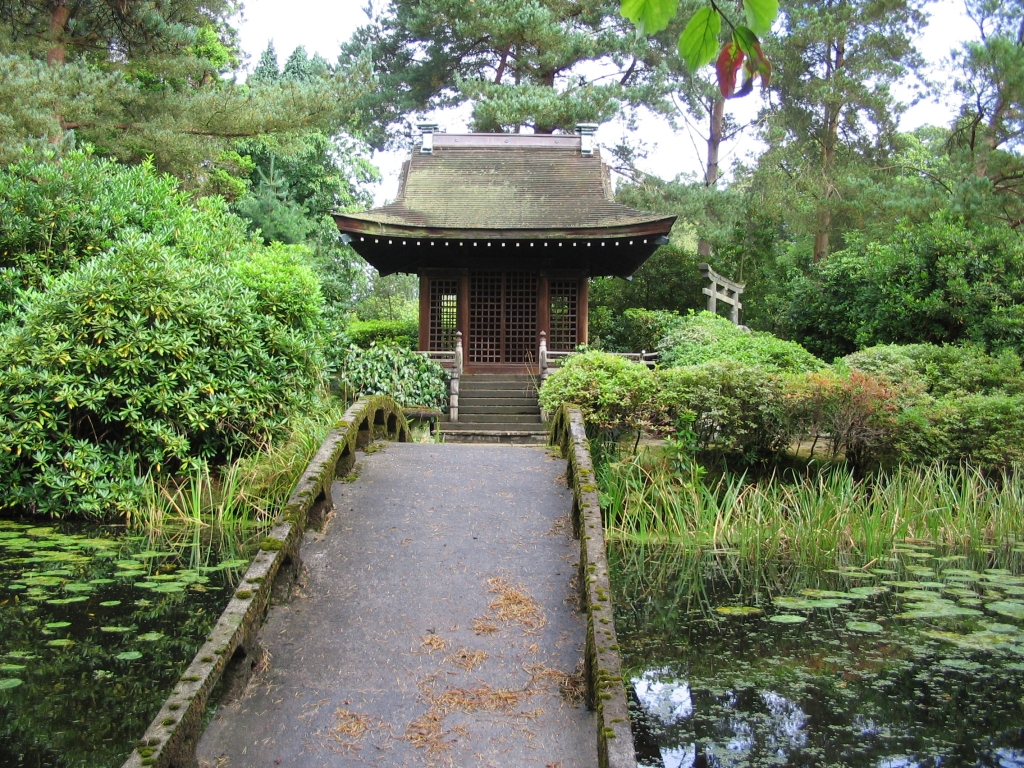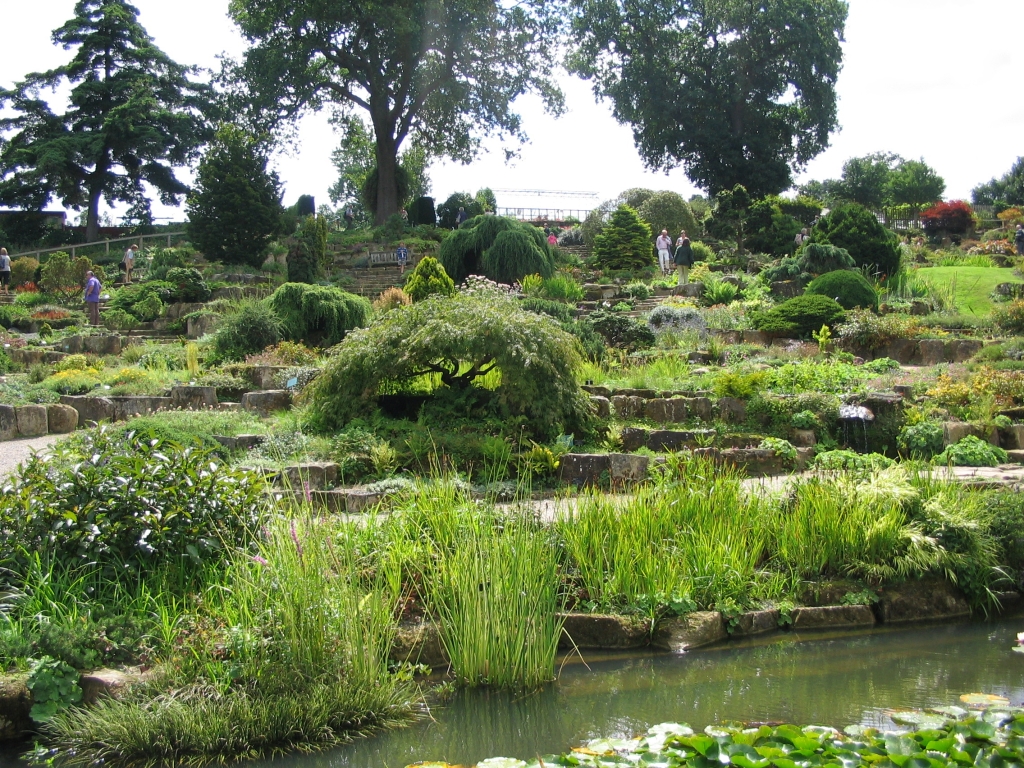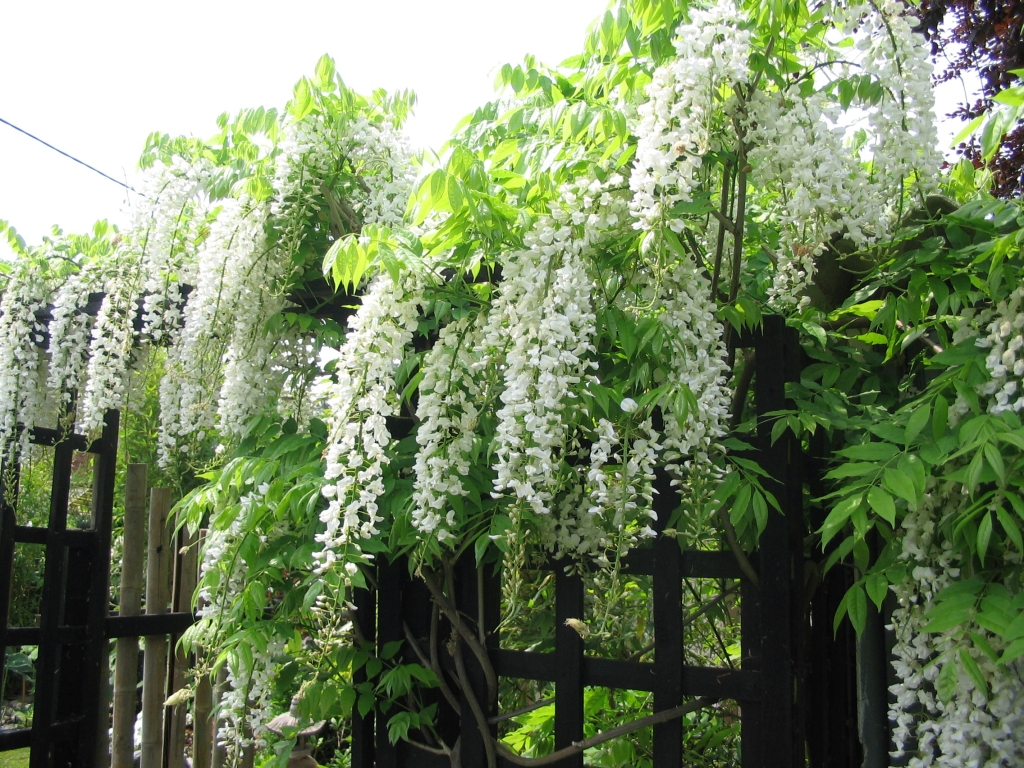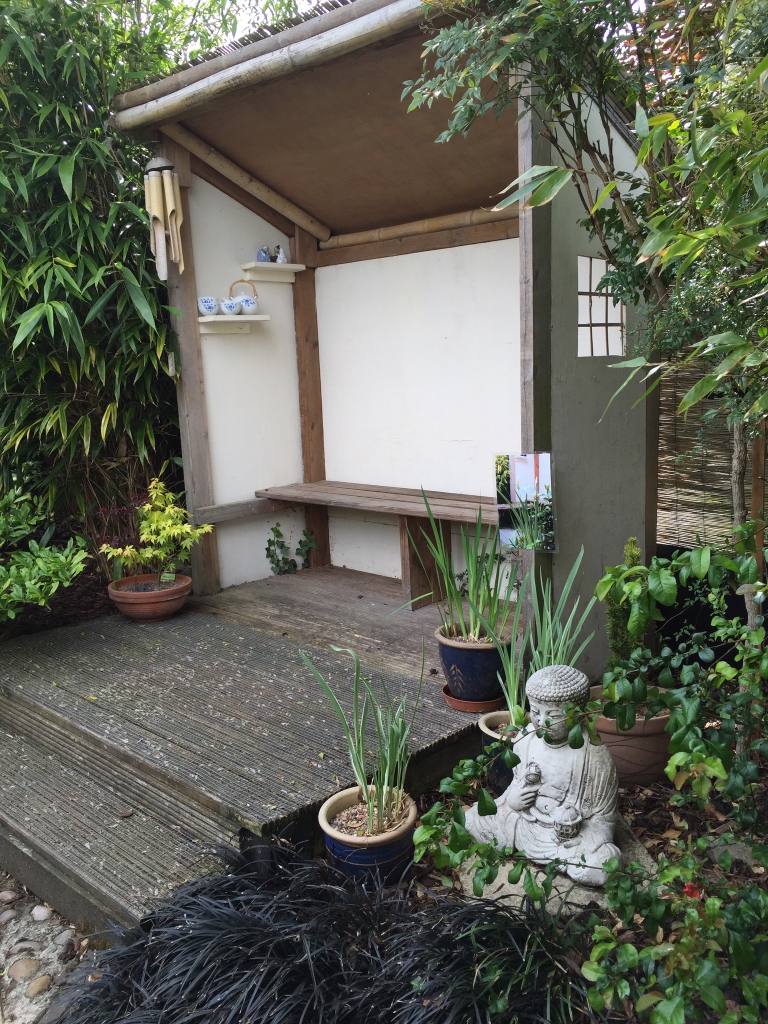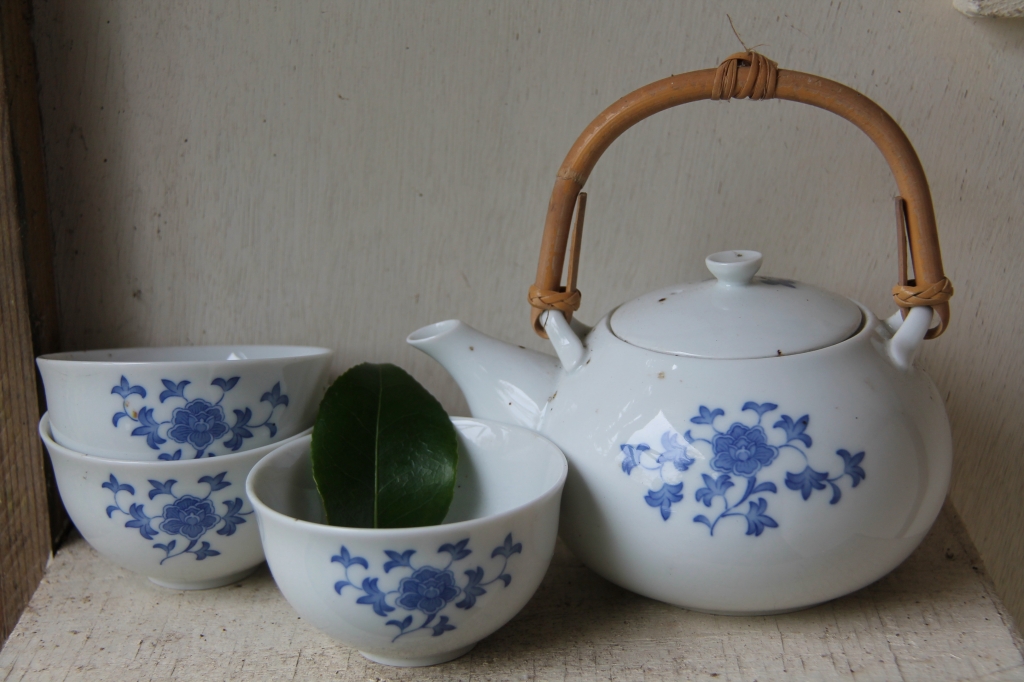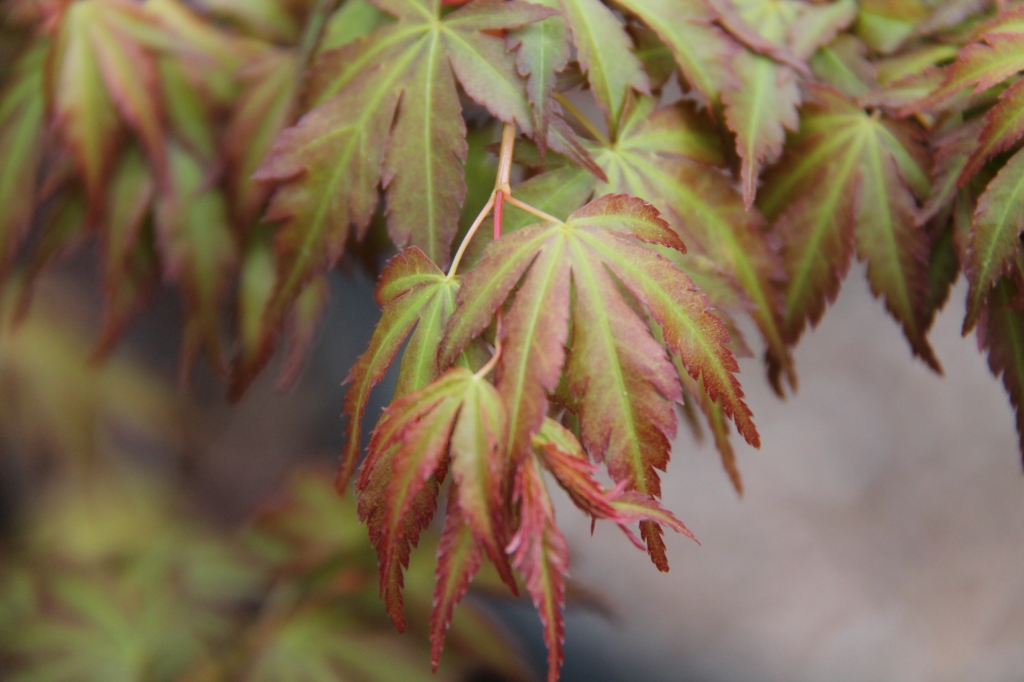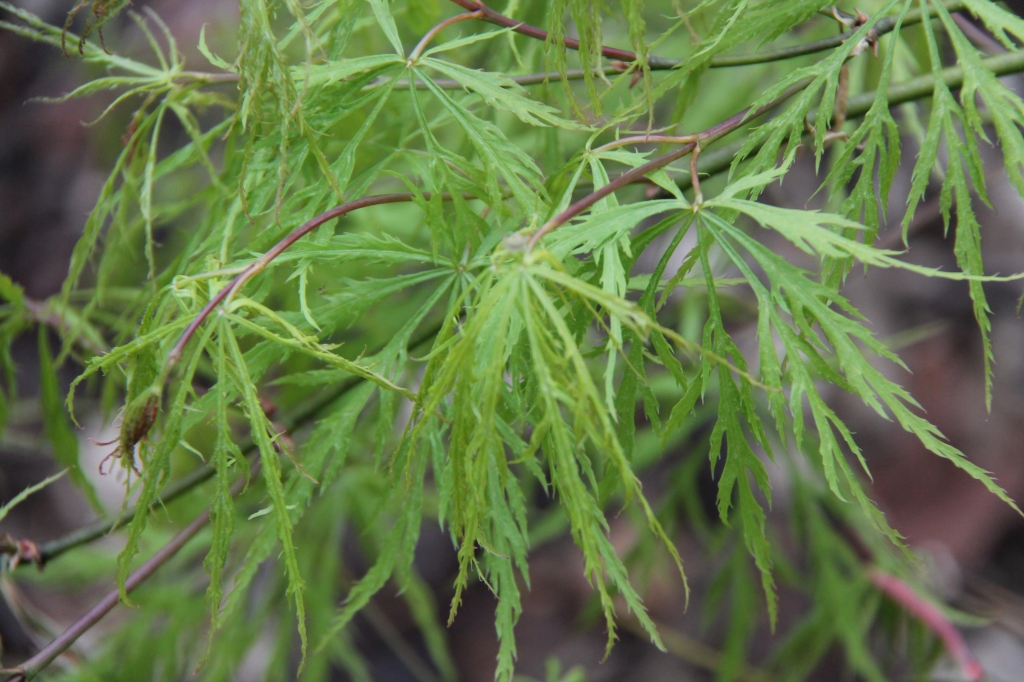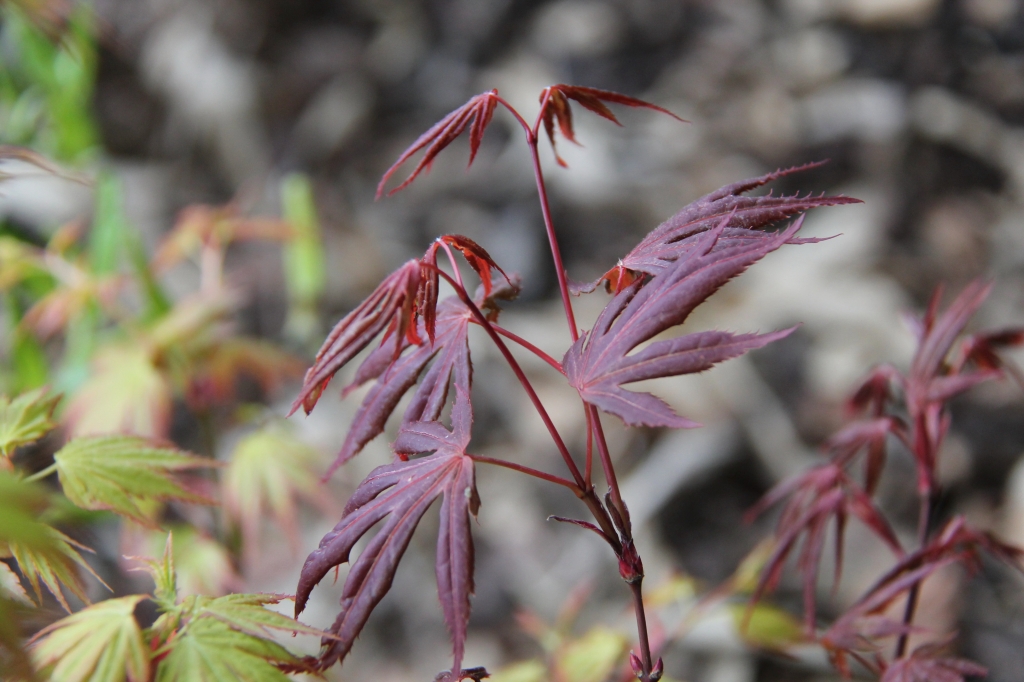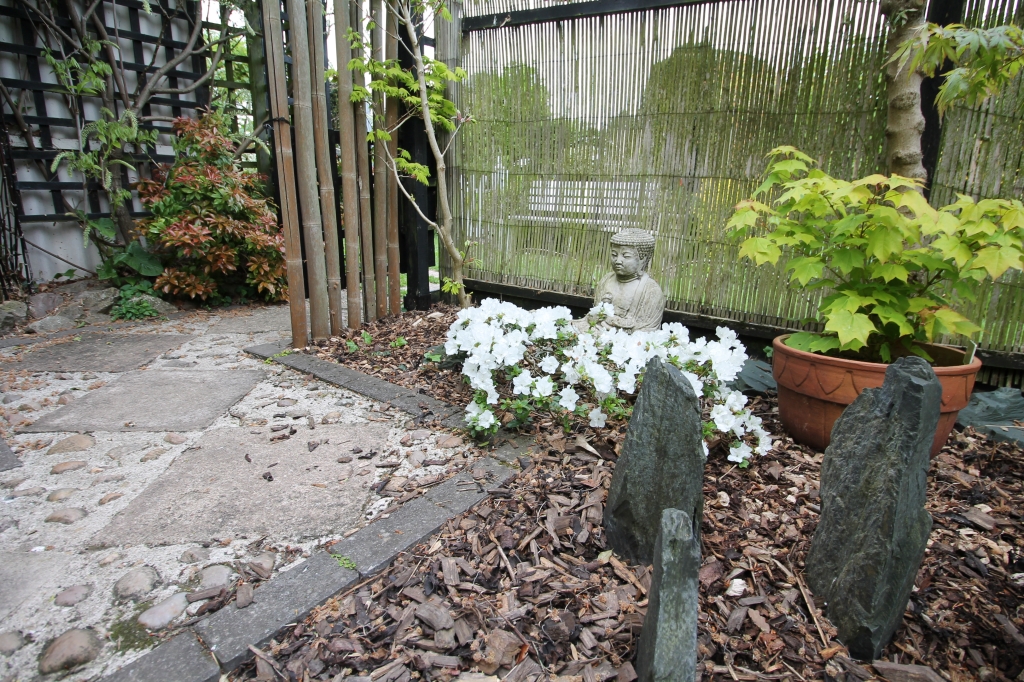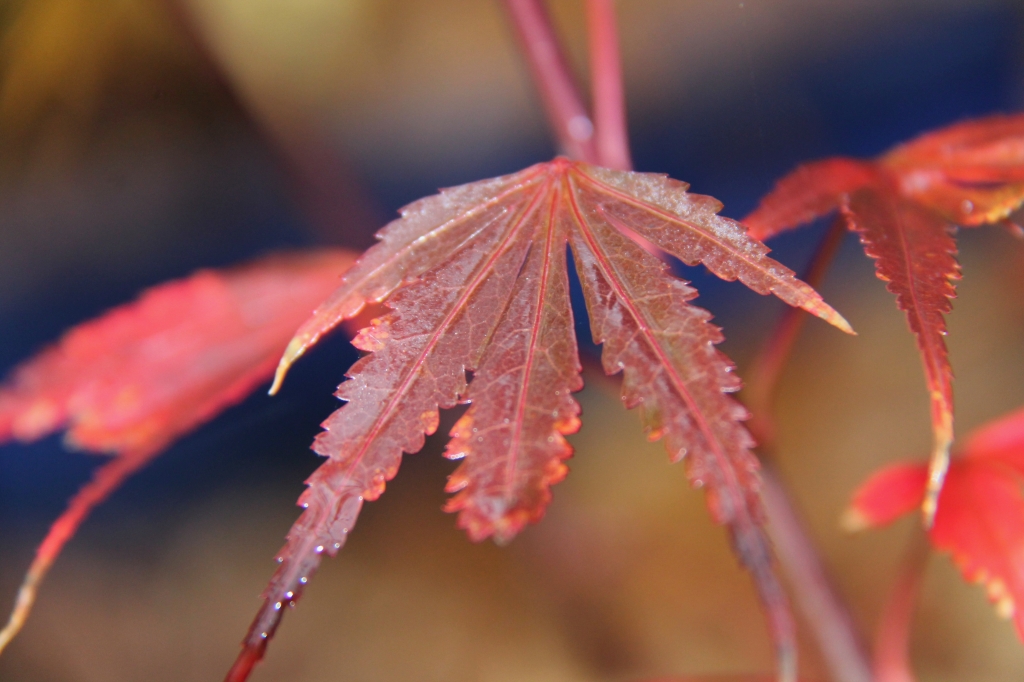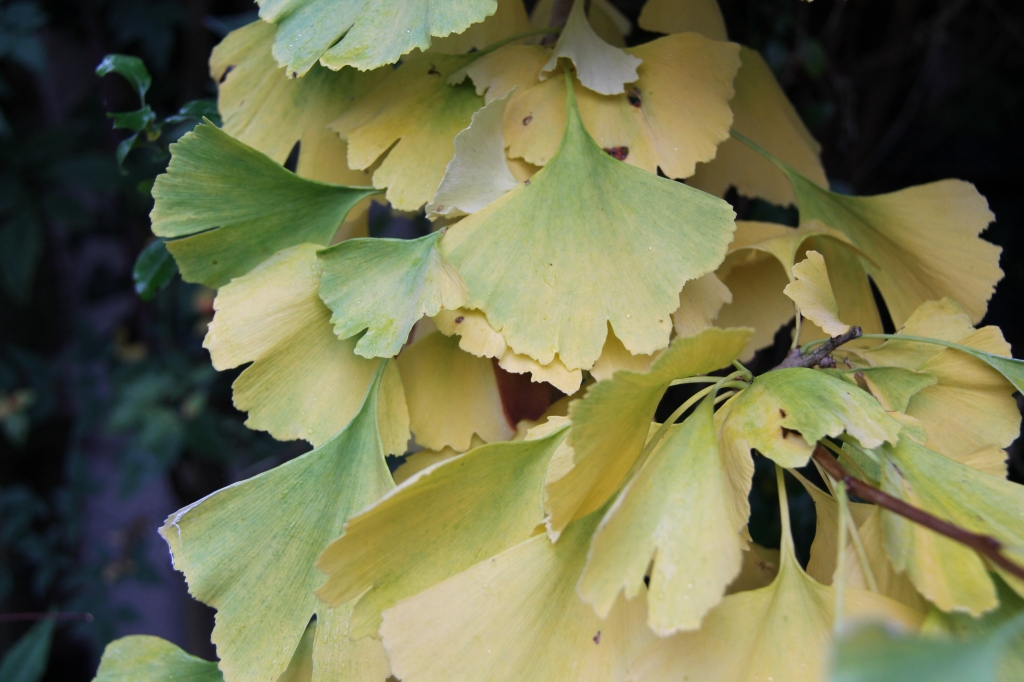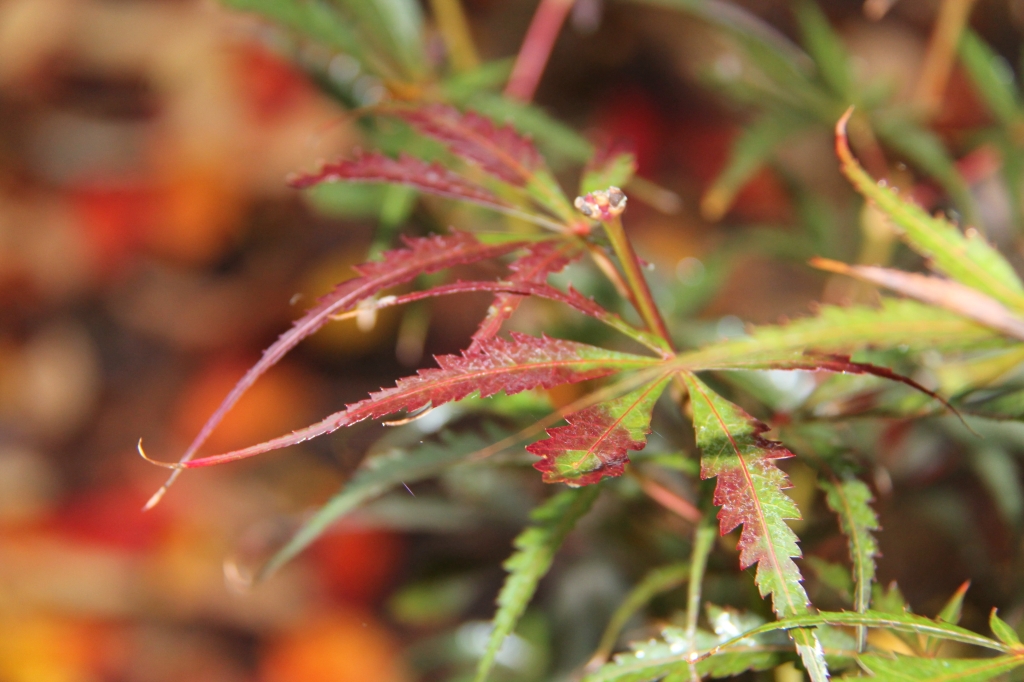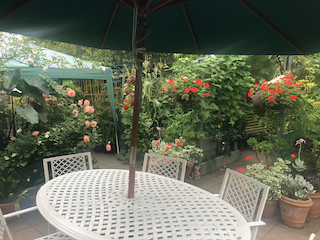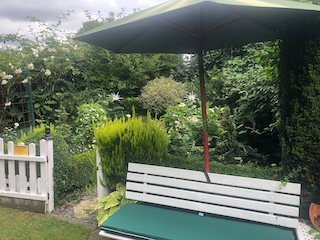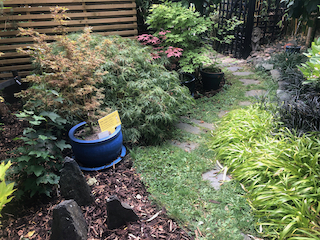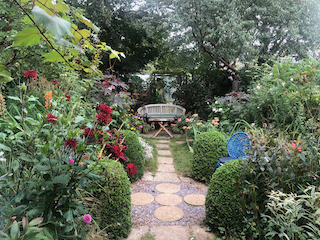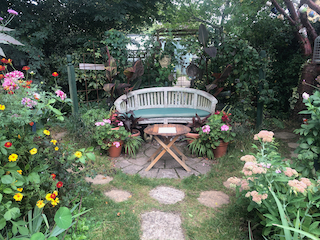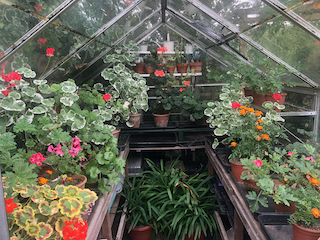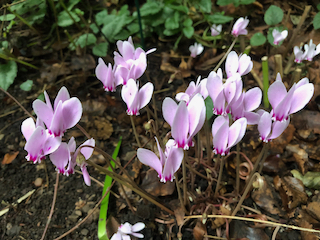John Brookes MBE has designed and built well over 1000 gardens, here and overseas, during a career spanning 50 years. Based at Denmans, his acclaimed world-famous garden in West Sussex, he is best known for his ability to create gardens that relate to their environment, designing gardens that fit into the wider landscape; that best suit the style and period of the house.
John Brookes first used the phrase “room outside” or “garden room”, he thought of a garden as an outdoor living space. His garden plans used a simple “grid system” for each site, linking it to proportions he found relating to the house. He said that this grid unified a garden and helped its designs to flow.
He has won numerous awards throughout his career including 4 gold medals at Chelsea, he was also a successful and prolific author, having written 24 best-selling books. The Clock House and stable block were both the home and studio of the late John Brookes.


Denmans is four acres in size, originally owned by Lord Denmans and then by plantswoman and author, Joyce Robinson, who initially devised the garden design we see today, she created a planted dry river bed and experimented with gardening with gravel, a planting medium later pioneered by Brookes in the early 1960s.
When he moved to Denmans he created a pond and redesigned beds, creating a contemporary garden that retained Robinson’s planting style.


The garden layout is such that the visitor enjoys many small areas within the overall. it is punctuated with pieces of statuary,



a well-designed pot

It’s a garden full of inspiration with ideas that can be recreated in smaller spaces. The benches are painted blue to draw the eye and stand out as a focal point.



Inspired, I have painted some of our garden furniture blue thereby creating The Blue Border.
One of the most interesting features of the garden is the use of gravel. This is the dry stream bed,

this allows for more random planting in it, simulating what might grow in such a spot, for no water runs here. The gravel allows seedlings to over winter and not rot in damp soil.
Here in the walled garden, it is used both to walk on and as a growing medium so that you progress through the plantings rather than past them. It creates a casual, jungle effect, particularly here in the walled garden, whilst allowing the plants to develop naturally.









In the south garden, they cut the grass to different lengths. The rough grass around the edge has bulbs and wildflowers in it in the spring and then is cut once a month with a rotary mower. The rest is cut weekly with a cylinder mower to give an interesting contrast of texture. I think this is a good idea instead of having a whole area as a wild meadow. In July when we visited the effect was not so visible due to the hot summer, you can just see the outline, in these photos, of different mowing regimes.




The effect is a sanctuary for wildlife.

Although he travelled the world designing gardens he always said he ‘gardened’ at Denmans. I do like the hydrangea in this picture, I think it is Hydrangea villosa.













The refurbished conservatory was alive with the chatter of budgerigars. Denmans Garden reopened its doors to the public following a period of renovations by John Brookes during the winter of 2016-17.


The garden, plant centre, and gift shop are Open Monday-Saturday from 9.30-4 & Sunday 11-4 pm.
Entry is free to the plant centre, gift shop or Midpines Caf Proceeds will go to support the garden which will be part of the John Brookes-Denmans Foundation whose mission is to perpetuate John Brookes’ design legacy through education and the maintenance of Denmans.
When John Brookes MBE died in March 2018 he was working on renovating portions of the garden near the Gardener’s Cottage. The Garden continues to be under renovation and will become part of the John Brookes-Denmans Foundation so it will continue as the garden he and Joyce Robinson created.
The Blue Border in Our Garden@ourgarden19




It is useful to name different areas of the garden for when we open for the National Garden Scheme. Visitors often ask for information about plants so having some reference to where they are in the garden helps.
We visited John Brookes’s garden Denmans in July 2009.
If you are in the area I would recommend a visit.































































































































































































